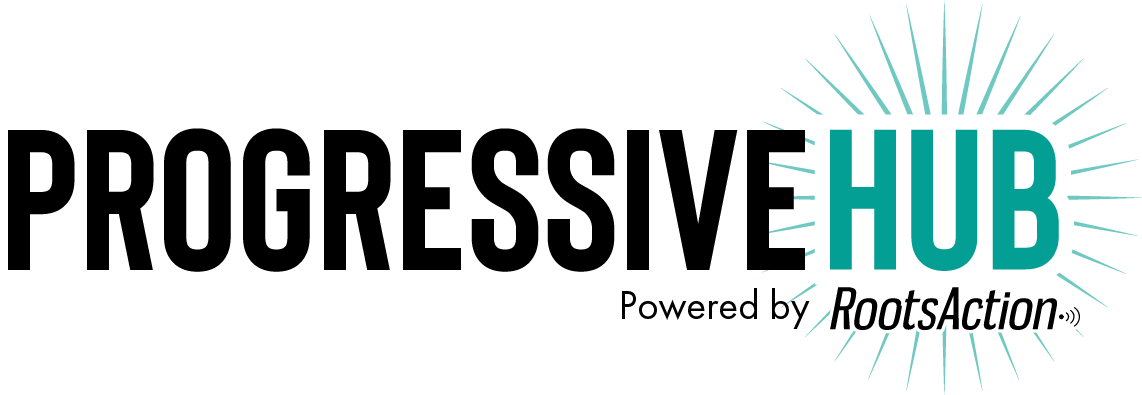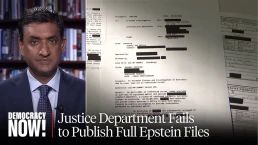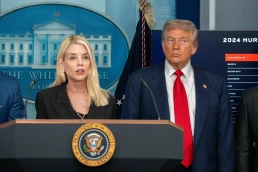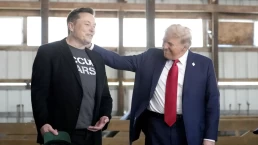A collective problem requires collective solutions.
By Matthew J. Haugen, Terrain
In 2020, only 4.7% of US energy consumption came from wind, solar, or geothermal sources, which means that we need a lot more renewable energy capacity (alongside electrification, demand reduction, and shutting down fossil fuel production). This will require more land use than our current energy system. Estimates vary on exactly how much, which will depend on variables like the amount of energy we end up deciding to produce, grid integration, technology, and how we deploy the generation infrastructure.
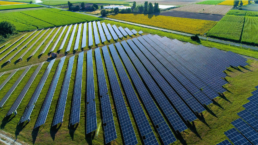
Right now, one of the most significant barriers to installing more renewable energy capacity is siting. Myriad federal, state, and local laws dictate where renewables can be placed. A recent National Renewable Energy Laboratory (NREL) study concluded that setback requirements—how far turbines must be from certain structures—are “the largest siting barrier to wind deployment.” Local opposition has stalled or stopped many proposed projects and has often been backed by fossil fuel interests. Residents’ stated concerns vary widely from place to place, including ecological damage, unsightly views, lowered property values, noise, and health and safety. Some of these concerns are more valid than others, to put it mildly; corporate astroturf campaigns and Facebook-driven misinformation often muddy the waters.
Transitioning to a sustainable energy system will also require upgrading our aging and decrepit energy infrastructure and building out more electricity transmission capacity to both connect renewables to our grids and connect our grids to each other. Another NREL study found that creating a national “supergrid” via modernization and interconnection would accelerate solar and wind adoption, eliminate 35 megatons of carbon dioxide emissions per year, and save consumers $3.6 billion per year. This would prevent situations like last year’s deadly winter power outages in Texas and mitigate the intermittency issues with renewable energy. Unfortunately, attempts to build much-needed new transmission lines have also been seriously hindered by local opposition, especially by the wealthy.
Recent Posts
The “President Of Peace” Prepares For War
December 23, 2025
Take Action Now The Donroe Doctrine Hits HomeBy William D. Hartung, Tom Dispatch Earlier this month, the Trump administration released its new…
“Who Are They Protecting?”: Rep. Ro Khanna Urges Contempt Charges Over AG Bondi’s Epstein Redactions
December 22, 2025
Take Action Now “The House can act unilaterally on contempt, and this will be introduced by Thomas Massie. What the resolution will say is that…
Dems Demand Answers as Trump Photo Disappears From DOJ Online Epstein Files
December 21, 2025
Take Action Now “What else is being covered up?”By Brett Wilkins, Common Dreams Congressional Democrats on Saturday pressed US Attorney General…
Elon Musk Is Vowing Utopia Driven by AI and Robotics. Bernie Sanders Has a Few Questions
December 20, 2025
Take Action Now “I look forward to hearing about how you and your other oligarch friends are going to provide working people with a magnificent life…
